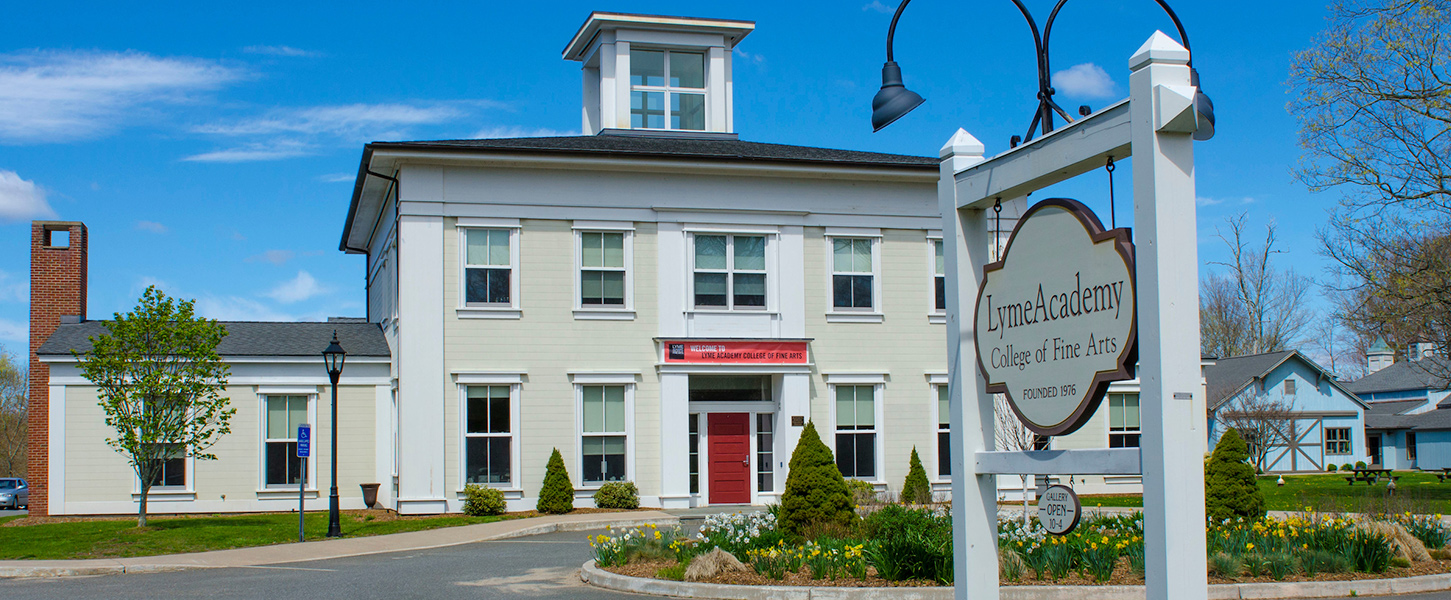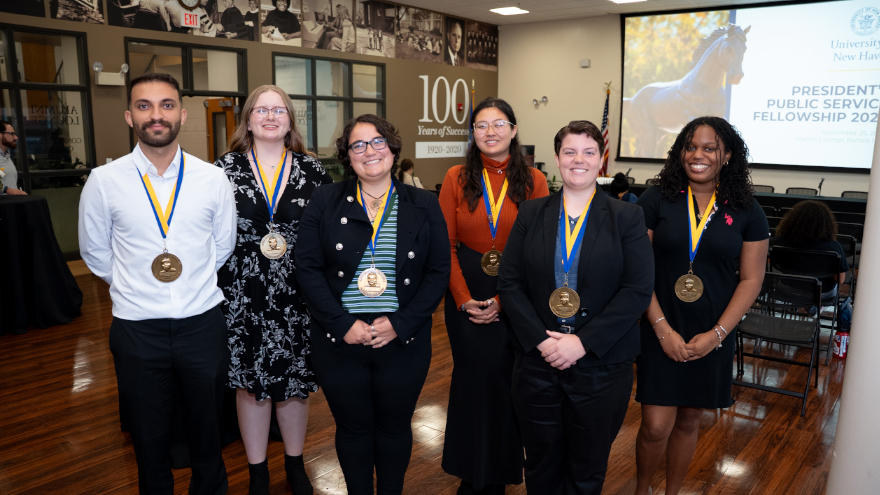
The Charger Blog
Computer Science Student’s Guide to Getting Through Finals Season
Charger Shana-Kay Hyde ’27 shares what she’s learned about planning, studying, and taking care of herself during finals.
University News
In the Connecticut shoreline town of Old Lyme, the waterside idyll that nurtured the artistic visions of the American Impressionists, a college that has for decades fostered radical notions of art celebrates its 40th year with its largest enrollment in history.
March 02, 2016

About Lyme Academy College of Fine Arts
Lyme Academy College of Fine Arts is a college of the University of New Haven. Its mission is to educate aspiring artists
through a rigorous studio curriculum rooted in figurative and representational art. The college offers a comprehensive liberal
arts education essential for advanced critical and creative thought. For more information, visit
www.lymeacademy.edu.
About the University of New Haven
The University of New Haven is a private, top-tier comprehensive institution recognized as a national leader in experiential education. Founded in 1920 the university enrolls approximately 1,800 graduate students and more than 4,600 undergraduates.

The Charger Blog
Charger Shana-Kay Hyde ’27 shares what she’s learned about planning, studying, and taking care of herself during finals.

The Charger Blog
Supported by the Bartels family, the Hatfield Scholars Program continues its mission of recognizing students who excel in the classroom and who uplift the Charger community.

The Charger Blog
Charger Blogger Beatrice Glaviano ’26 chats with her boyfriend, a fellow Charger, about studying paramedicine, finding balance, and his plans after graduation, while consuming plenty of peanut butter M&Ms.